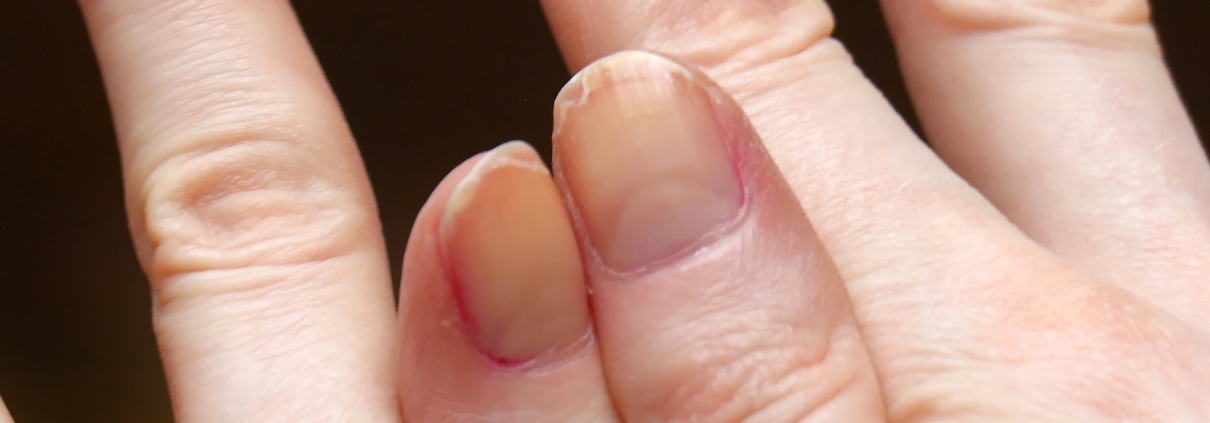Impact of Aromatic Chemicals on Nail Health and Beauty
Nails, while often overlooked, play a significant role in personal grooming and self-expression. From vibrant polishes to intricate designs, nails offer a canvas for creativity and style. However, beyond aesthetics, the health of our nails is influenced by various factors, including exposure to chemicals. Among these, aromatic chemicals, commonly found in nail products, can have both beneficial and detrimental effects on nail health. Understanding the impact of these chemicals is crucial for maintaining healthy, beautiful nails.
Aromatic chemicals, also known as volatile organic compounds (VOCs), are substances that emit strong odors and are commonly used in nail products such as polishes, removers, and treatments. These chemicals contribute to the distinctive scent associated with nail salons but can also pose potential risks to nail health and overall well-being.
One of the primary concerns associated with aromatic chemicals in nail products is their potential to cause allergic reactions and skin sensitivities. Ingredients such as toluene, formaldehyde, and dibutyl phthalate (DBP) are known irritants that can trigger allergic reactions, dermatitis, and respiratory issues in some individuals. Prolonged or repeated exposure to these chemicals may exacerbate existing nail conditions such as brittle nails or exacerbate nail disorders such as onycholysis (separation of the nail from the nail bed).
Furthermore, aromatic chemicals in nail products have been linked to long-term health concerns, including potential carcinogenicity. While the risk of cancer from occasional nail polish use is considered low, regular exposure to high levels of these chemicals, particularly among nail salon workers, may pose a greater risk. As such, regulatory agencies such as the U.S. Food and Drug Administration (FDA) have imposed restrictions on the use of certain aromatic chemicals in nail products to protect consumer health.
Despite these concerns, not all aromatic chemicals have negative effects on nail health. Some ingredients, such as essential oils and plant-based extracts, are used in nail products for their aromatic properties and potential therapeutic benefits. Lavender oil, for example, is known for its calming and soothing effects and is often included in nail treatments aimed at promoting relaxation and stress relief.
Moreover, aromatic chemicals can enhance the sensory experience of nail treatments, contributing to the overall pleasure and enjoyment of the manicure or pedicure process. Pleasant scents can evoke positive emotions and create a sense of luxury and indulgence during nail care routines, enhancing the overall spa-like experience.
In conclusion, aromatic chemicals play a significant role in nail products, influencing both their scent and potential impact on nail health. While some aromatic chemicals may pose risks to nail health and overall well-being, others offer therapeutic benefits and enhance the sensory experience of nail treatments. As consumers, it’s essential to be informed about the ingredients in nail products and choose formulations that prioritize safety and efficacy. By understanding the impact of aromatic chemicals on nail health and beauty, we can make more informed choices to maintain healthy, beautiful nails for years to come.





